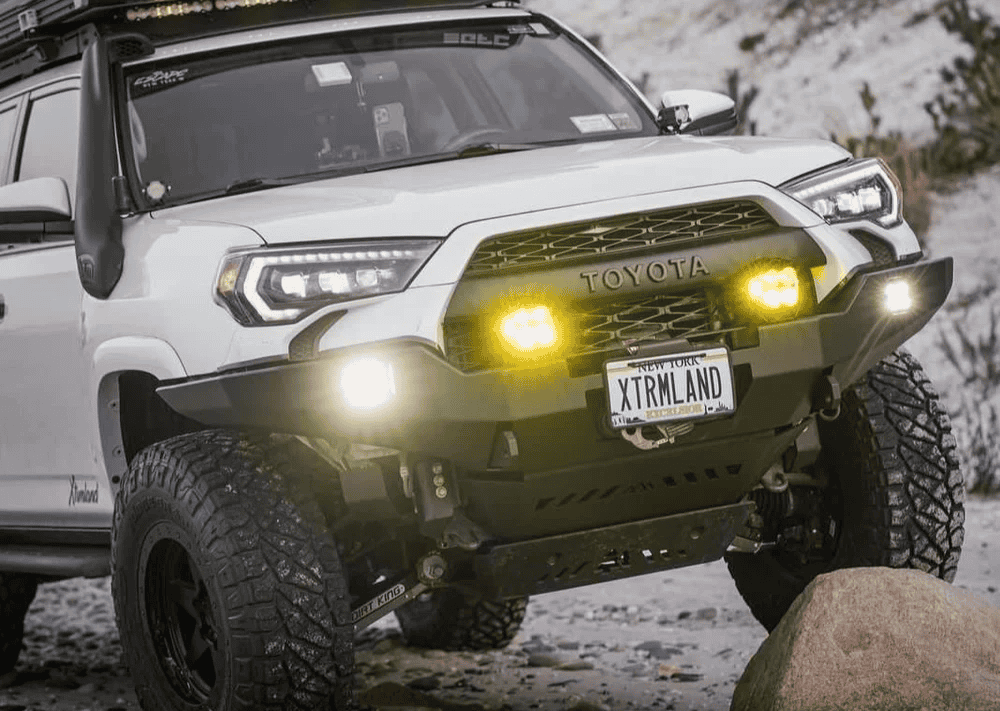Overland Vehicles

Hybrid adventure vehicle design blends two worlds that rarely agree: everyday drivability and backcountry capability. The goal is a single platform that commutes cleanly, parks in real spaces, and still handles rough tracks, seasonal weather, and multi day travel. Start with a clear mission profile. How many people travel, what terrain you expect, how long you plan to be off grid, and what cargo you carry shape every decision from tire size to battery capacity. This is systems thinking, where suspension geometry, interior layout, and power management act like connected gears rather than separate parts.
A good design begins at the chassis. Shorter wheelbases fit cities and tight switchbacks while longer wheelbases offer stability and interior volume. Payload is non negotiable. Target a conservative weight budget that leaves margin for water, fuel, food, and seasonal gear. Powertrains vary. Gasoline remains widely serviceable across the country. Diesel brings low end torque and efficiency under load. Plug in hybrids and full EVs add quiet operation and regenerative braking, but remote charging strategy and cold weather performance need special attention.
Clearances and traction matter first. Approach, breakover, and departure angles set the limits for obstacle negotiation. All terrain tires sized within the manufacturer’s envelope protect gearing, braking, and wheel bearings. A mild lift paired with tuned dampers keeps body control predictable without turning daily miles into a chore. Underbody protection guards critical systems such as the fuel tank, battery pack, or transfer case.
Inside the cabin, modularity rules. A convertible sleeping platform that becomes a lounge or cargo bay makes small spaces do double duty. Track based mounting and quick release hardware let you remove heavy components when not needed, reducing weight and improving efficiency. Galleys should be compact and durable, with heat resistant surfaces and positive latches. Ventilation is as important as insulation. Pair high quality roof ventilation with strategic window placement to manage moisture from cooking and sleeping.
Water and power systems are the heartbeat of self supported travel. A simple, serviceable water circuit with filtration, dedicated fill points, and easy drain downs prevents headaches in freezing seasons. Lithium iron phosphate batteries deliver high cycle life and safe discharge, and they pair well with solar, smart alternator charging, and shore power. Good design prioritizes redundancy. If shade kills solar, alternator charging keeps the fridge cold. If a breaker trips, clear labelling and tidy wiring shorten troubleshooting in the field.
Rightsize the battery bank using real daily loads. Add the watts for refrigeration, fans, lights, and device charging, then multiply by hours of use. Size the solar array to cover average use, not peak summer days, and let alternator charging handle heavy draws or winter deficits. A quality DC DC charger protects modern alternators and ensures reliable charging while driving.
Select materials that balance strength, weight, and repairability. Aluminum and high grade plywood composites work well for cabinetry. Marine grade fasteners resist corrosion. Powder coated steel remains a smart choice for racks and protection, but mind the scale. Every pound affects braking, acceleration, and suspension life.
Paper plans look tidy. Trails do not. Validation runs reveal snags you cannot see on a screen. Start with a shakedown loop near home, then extend distance and difficulty. Track tire pressures, temps, fuel or energy use, and note how weight shifts with water levels. Tune suspension settings and storage based on what rattles and what does not.
Safety is a design layer, not an accessory. Fire suppression, a first aid kit sized for your group, and recovery gear matched to your vehicle’s mass are core. Strap management, clean cable routing, and non skid surfaces reduce accidents when hands are cold or tired. Electrical systems need proper fusing, chafe protection, and strain relief. For vehicles with high voltage components, follow manufacturer service guidelines and label enclosures clearly.
Great builds feel calm in motion. Sight lines for mirrors and cameras, reachable switches, and task lighting reduce fatigue. Consider the small rituals of travel. Where do wet boots go. How fast can the bed deploy. Can someone move to the front seats without exiting in rain. These details separate concept from a rig you actually love to use.
Design tradeoffs are inevitable, so document choices:
The best hybrid design accepts the constraints and solves them with thoughtful balance rather than maximalism.
If you are ready to translate a concept into a trail tested build, explore our approach to overland rigs. For focused upgrades that respect factory engineering while adding real capability, see our custom overland upfit. Curious how we work and what to expect on timeline and communication. Read more at why choose OZK Customs.
Located in Fayetteville Arkansas, we design and build adventure vehicles that drive cleanly Monday and disappear into the woods by Friday night. Share your route, your crew size, and your must have gear. We will map a chassis, suspension, interior, and power plan that fits your real miles and your favorite terrain.
Ready to blueprint a rig that drives to work on Friday and tracks a forest road by sunset? Share your goals and we will map the chassis, power system, and interior to fit your miles. From complete custom builds to precise upfits, OZK Customs turns your plan into a proven, road tested adventure vehicle.
ADDRESS:
6159 E Huntsville Rd, Fayetteville, AR 72701
PHONE:
(479) 326-9200
EMAIL:
info@ozkvans.com